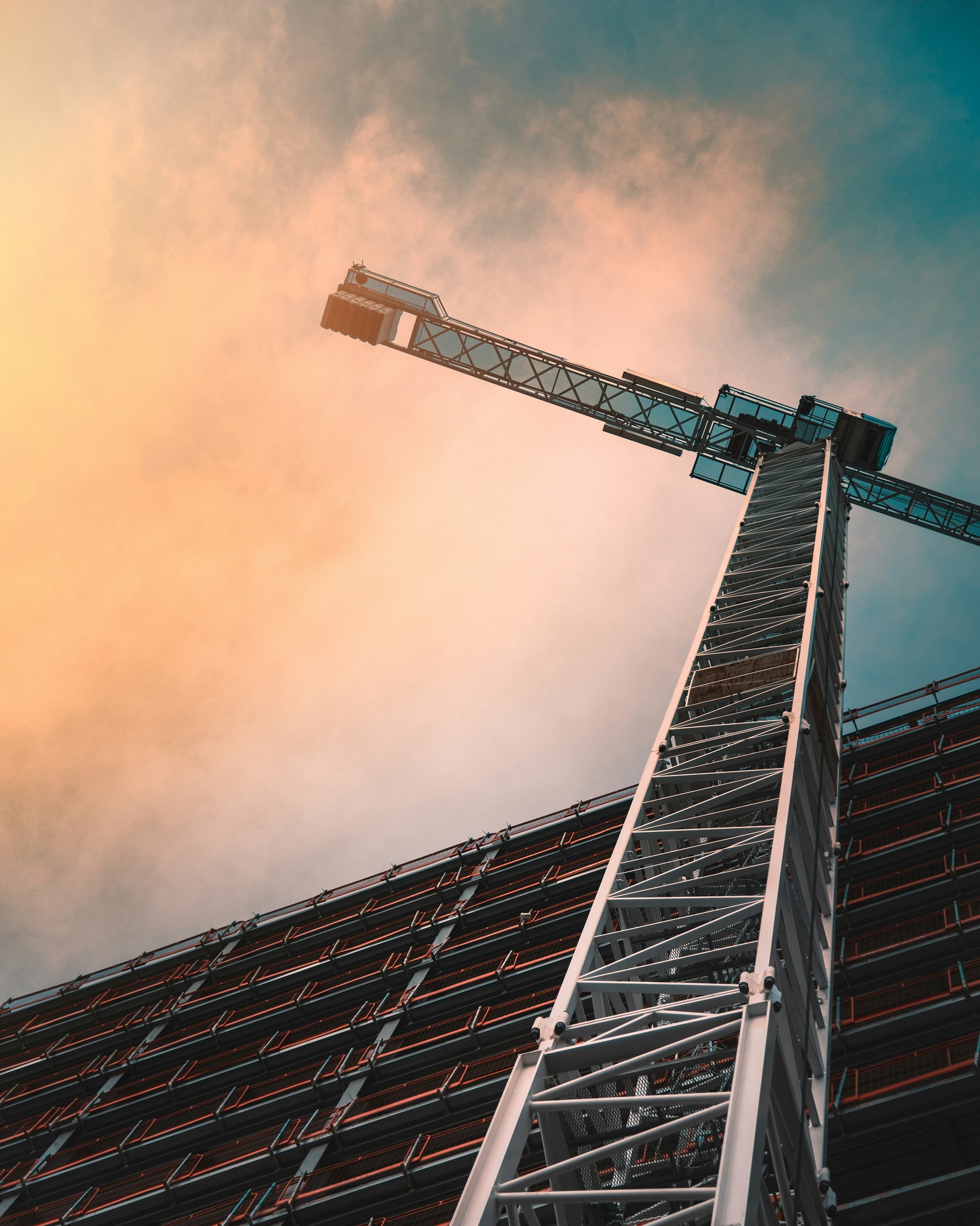Making Construction Sites Safer: Simple Ways to Prevent Accidents and Keep Workers Safe

Construction remains one of the UK’s most challenging industries for maintaining safety. Even experienced teams confront fresh hazards as projects evolve. Revised designs, new materials and accelerated programmes all introduce complexity.
As such, safety must extend beyond routine checks. It underpins productivity, protects reputation and ensures compliance with the Health and Safety at Work etc. Act 1974. This article focuses on enhancements and innovations that keep even seasoned professionals ahead of emerging risks.
What Are the Persistent Hazards?
Seasoned managers understand that certain dangers never fully disappear. Working at height still accounts for the highest proportion of site fatalities. Even with boarding and edge protection in place, fall-arrest harnesses demand routine inspection and correct attachment.
Slips, trips and falls on the same level can occur where debris, cables or uneven surfaces are overlooked. Similarly, struck-by and caught-between incidents remain a threat whenever plant movements or temporary works are inadequately segregated.
Finally, manual-handling injuries are a common risk, even despite the presence of mechanical aids. People doing the lifting and task-specific lifting devices must be chosen with care, and operators trained correctly.
Conducting Dynamic Risk Assessments
Risk assessment is not a paper exercise. It must begin at the design stage and evolve with every change made to the site. Map out each phase of work, noting potential risks between machinery and materials. Revisit assessments whenever designs are updated or working methods change. Involve the workforce through regular toolbox talks, inviting operatives to flag emerging hazards.
This participatory approach aligns with the Health and Safety Executive’s guidance on effective risk management and ensures control measures remain both practical and current (see HSE’s guide to risk assessment).
Establishing Robust Safety Procedures
Consistency in process prevents lapses. Routine toolbox talks should be brief, task-specific and interactive. Document safe systems of work (SSW) with clear method statements for every high-risk activity. Permit-to-work schemes must govern hot works, confined-space entry and other hazardous tasks. These permits should be authorised only by trained supervisors who can verify that controls are in place before work begins. Adherence to the Construction (Design and Management) Regulations 2015 demands that these procedures remain under continual review throughout the project lifecycle.
Ensuring Effective Use of Personal Protective Equipment
Personal protective equipment (PPE) remains the final barrier when other controls fail. Issue hard hats, hi-vis garments and safety boots that meet recognised standards. Fall-arrest harnesses should be inspected before each use and replaced according to manufacturer guidelines. Provide eye, ear and respiratory protection as dictated by site conditions. Respiratory PPE in particular requires fit testing and strict record-keeping to guard against occupational lung disease.
Prioritising Housekeeping
A tidy site is a safer site. Designate clear pedestrian routes and ensure they are permanently free of obstructions. Store materials and tools in secure, well-marked areas; stack items correctly to prevent collapse. Waste and spillages must be cleared without delay, with spill kits and grab brushes readily available. Where temporary walkways are needed, choose surfaces that will be slip-resistant in wet weather.
Maintaining Plant and Equipment
Machinery hazards demand stringent controls under the Provision and Use of Work Equipment Regulations 1998 (PUWER). All machinery must undergo scheduled inspections in line with manufacturer guidance. Operators must be properly trained for each type of equipment they use, with certifications renewed as necessary. Safety guards, emergency stops and lock-off procedures should be tested at every shift change. This regime not only prevents mechanical failure but also reduces the risk of operator error.
Cultivating a Proactive Safety Culture
Leadership sets the tone. Senior managers must walk the site regularly, engaging directly with teams and addressing poor practice as it arises. Encourage near-miss reporting by treating each report as a learning opportunity, rather than assigning blame. Simple recognition schemes, such as ‘safety shout-outs’ at weekly briefings, build ownership and highlight positive examples. When workers feel empowered, they are far more likely to uphold standards and intervene if they spot unsafe acts.
Embracing Technological Solutions
Digital tools offer a competitive edge. Wearable sensors can monitor fatigue and detect falls in real time, alerting supervisors when risks escalate. Drones provide rapid site surveys and inspect hard-to-reach areas without exposing teams to height hazards. Dedicated safety apps transform paper checklists into digital workflows, ensuring that inspections and permits follow an auditable trail. By integrating these innovations, teams can identify trends, address recurrent issues and refine controls more swiftly than ever before.
Understanding Legal Duties and Construction Accident Claims
Duty holders under the Health and Safety at Work etc. Act 1974 must ensure the health, safety and welfare of all persons on site. Workers have a duty to follow site rules and report any hazards. Should controls lapse and harm occur, injured parties may seek redress through construction accident claims. Early legal advice helps site managers understand potential liabilities, address gaps in procedures and reinforce best practice before disputes arise.
Even on the most pressured projects, straightforward enhancements deliver significant gains. Regularly revisit assessments, tighten procedures and harness new technology. Senior teams must lead by example, fostering a culture in which safety becomes second nature. By embedding these measures, you protect your workforce, reduce downtime and demonstrate an unwavering commitment to excellence.

